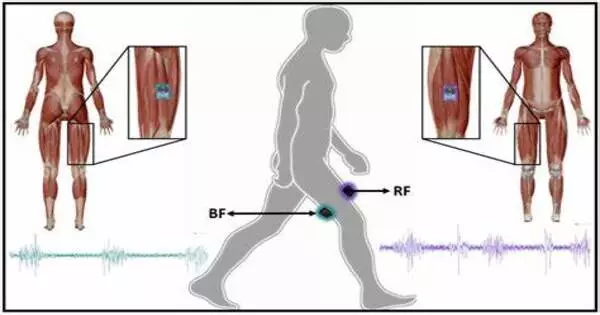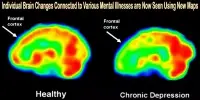Muscle coactivation is the simultaneous activation or contraction of agonist and antagonist muscles around joint or multiple joints. It occurs when agonist and antagonist muscles (or synergist muscles) surround a joint contract simultaneously to provide joint stability, and it is thought to be crucially dependent on supraspinal processes involved in movement control. In any movement or activity, there are muscles that produce the movement (agonists) and muscles that oppose or work against the movement (antagonists).
It is also known as muscle cocontraction because two muscle groups contract at the same time. It occurs when both agonist and antagonist muscles are activated to some extent, providing stability and control to a joint during movement. The contractions can be measured using electromyography (EMG). Its general mechanism is still unknown. It is thought to be important in joint stabilization as well as general motor control.
Here are a few key points about muscle coactivation:
- Stabilization: Coactivation helps stabilize joints and maintain posture. By contracting both agonist and antagonist muscles, the joint is better supported, reducing the risk of injury and ensuring smooth and controlled movements.
- Precision of Movement: It is particularly important for activities that require fine motor control and precision. For example, during tasks that involve delicate manipulation or maintenance of a specific joint position, coactivation helps prevent excessive movement and provides a finer level of control.
- Energy Absorption: Coactivation can contribute to energy absorption. When an external force is applied to a joint, the simultaneous contraction of agonist and antagonist muscles helps to absorb and distribute the force, reducing the risk of damage to the joint or surrounding tissues.
- Joint Stability: Maintaining joint stability is essential for functional movement. Muscle coactivation keeps the joint stable during dynamic activities, preventing unwanted movements and improving overall joint integrity.
- Postural Control: Coactivation is required for postural control and balance. It helps to maintain an upright posture by adjusting muscle tone and providing support to the body against the force of gravity.
The nervous system controls muscle coactivation, which involves complex interactions between agonist and antagonist muscle groups. The central nervous system coordinates and modulates the level of coactivation based on the specific requirements of a movement or task.
















